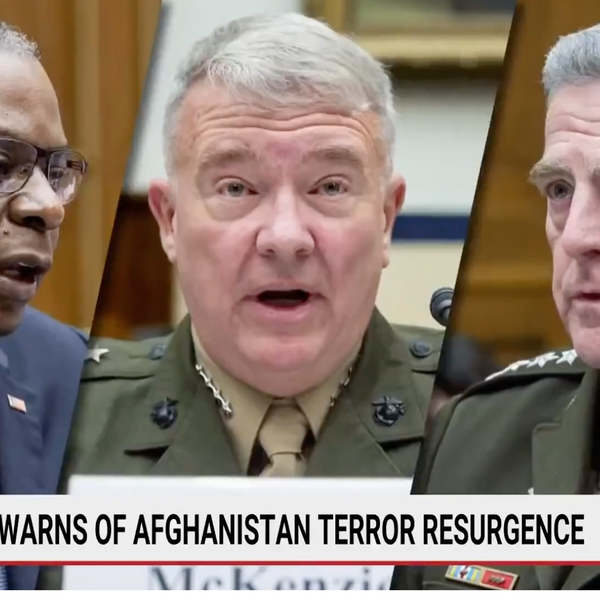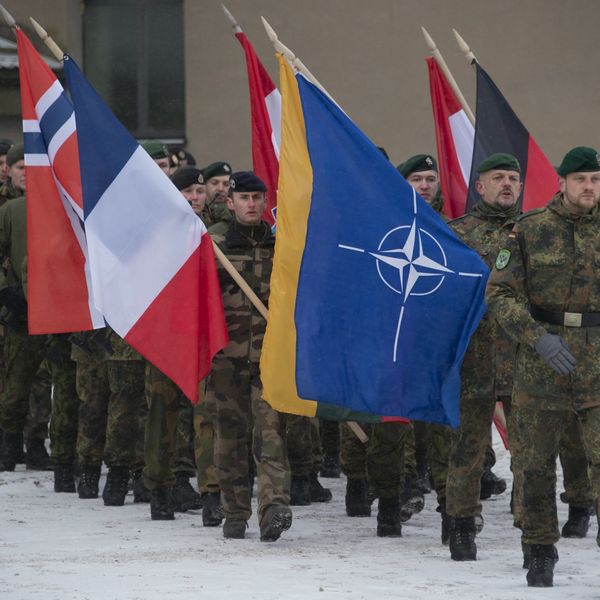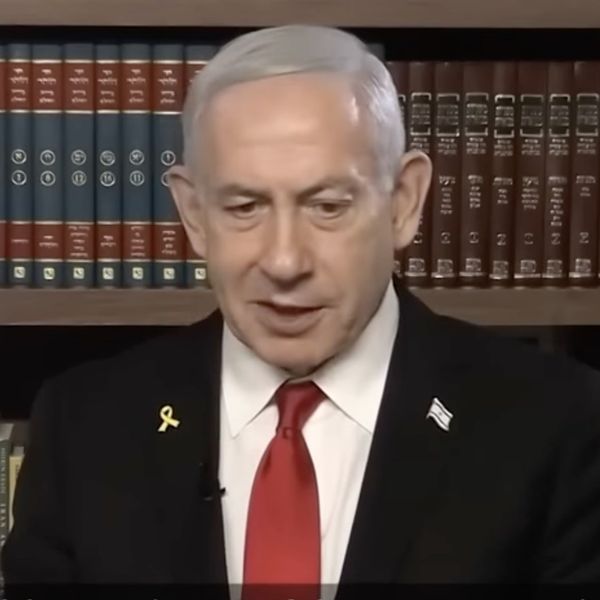One night, near the start of the wars in Iraq and Afghanistan, I received a phone call while attempting to get my fussy eight-month-old to bed. My spouse had been deployed as an Airman for a few months now, and I jumped every time the phone rang in the hopes that it would be him on the other end of the line.
Unfortunately, calls home were few and far between, and this late night call was one I dreaded. When I answered the phone my friend simply asked, “did you hear?” and my heart began to race. Within half an hour, my living room was full of mothers and their young children waiting for news.
We were experiencing a “blackout” — a pause in communications with our deployed spouses — often used to allow military leadership time to contact the family of a service member who has died or been injured. We sat together well into the night, waiting and worrying and selfishly hoping that our spouse was safe and that some other person would receive the dreaded knock on the door. When the news finally came, we mourned together over the service member who took his own life during the deployment that night.
Throughout my decades of being a military spouse, I’ve lived an iteration of this night again and again. Suicide has become more common than combat related injuries. We’ve said goodbye to more service members than I care to list — good men and women who love this country and are proud of their service. Mourning together has become commonplace.
Thankfully, today is not a day for mourning. Today is a day to thank our troops for their service. Our thanks need to come with action — our support systems are eroding. We are wrapped up in digital worlds and scream at each other across our divides. The idea that a group of strangers could come together despite political, social, racial, and religious differences, as my military spouse friends have done many times throughout the last 20 years of conflict, is hard to imagine. It’s a radical idea to set aside our differences, but today, on Veterans Day, I am asking you to do just that — to stand together in support of our service members and veterans.
All of our post-9/11 veterans have gone to war, in one way or another. At home or abroad, on ships or in tents, in cubical farms, or on the front lines, they fought a war. Combat has adapted to the digital age, but it is not any less dangerous from behind a computer screen. War simply is different.
When a troop is killed in action or in a training accident, they receive full military honors, a hero’s welcome in their communities, a parade of flags, and grateful Americans. Communities across the United States know the routine, having performed this sacred service for more than 7,057 troops who were killed in action since 9/11.
However, there is no hero’s welcome for the 30,177 service members lost to suicide during that same time period. Their families don’t see parades of flags or Americans lined up to pay their respects. The suicide rate among veterans is outpacing the civilian rate, and one after the other, service members are falling. This year alone, the suicide rate in the military is up 15 percent.
Our service members need you to advocate for them now more than ever. The days of yellow ribbons on trees and cars are long gone, but the effects of these never-ending wars on a generation of Americans persist. Many have grown from young adults into war-weary veterans in an environment of perpetual conflict that is nothing like the battles romanticized in the movies.
After a particularly challenging deployment to the Middle East, I sat next to my husband in the counselor’s office and held his hand as he bowed his head and whispered that he had no business having PTSD because he “sat behind a computer screen all day” and didn’t physically pull the trigger, drop the bomb, or engage in combat. He had told the medical group on base that he was struggling during his reintegration appointment, and the Airman conducting the interview and the doctor both shrugged off his complaints without offering him resources or intervention.
He felt he was unworthy of support, and his symptoms were a sign of weakness rather than a trauma response to war. He was a digital participant, an important player in the production, but not the hero on the ground. He compares his experience to watching the “SportsCenter” version of war, following human targets and watching as they are eliminated. For five months, he worked through the night without a day off or time to access mental health support, engaging in mission after mission until the deaths of more than 3,200 people were forever burned into his mind. Yet, because he did not pull the trigger himself, it took more than a year for him to finally walk into that counselors office and three years before being diagnosed with PTSD, anxiety, and depression.
It’s not unheard of for service members to drop their kids off at school and head into work, where they engage with very real combat situations from across the world. And the technology we have today allows them to participate at a much quicker tempo than ever before. If we could complete one mission a day before we can now complete a dozen. We can eliminate targets from thousands of miles away. The separation between the front lines and the homefront is blurred, leaving service members and their families to navigate the effects of war on their own.
Our mental health is an imprecise thing — how service members cope with direct and indirect trauma is different from one person to the next, and one situation to the next. Our response to the invisible wounds our service members are carrying needs to be equally flexible, adaptive, and widely available. These men and women have been asked to sustain a high operations tempo too long, to engage in missions they don’t always believe in, and to do so without enough support while maintaining a healthy home life. This burden has become too much to bear for too many of our troops.
One more service member lost to suicide is too many. It’s past time to take a closer look at policies around war powers, to ensure decisions are vetted democratically and boost confidence among troops and their families. Military spouses and veterans are coming together across the country with the Secure Families Initiative to advocate for diplomacy and care for our troops. Pentagon funding should be properly allocated toward personal support rather than the purchase of more weapons of war. Without the proper compassion and care, we’ll continue to lose our brothers and sisters in arms.
We’d all rather celebrate them on Veterans Day rather than mourn them on Memorial Day.














